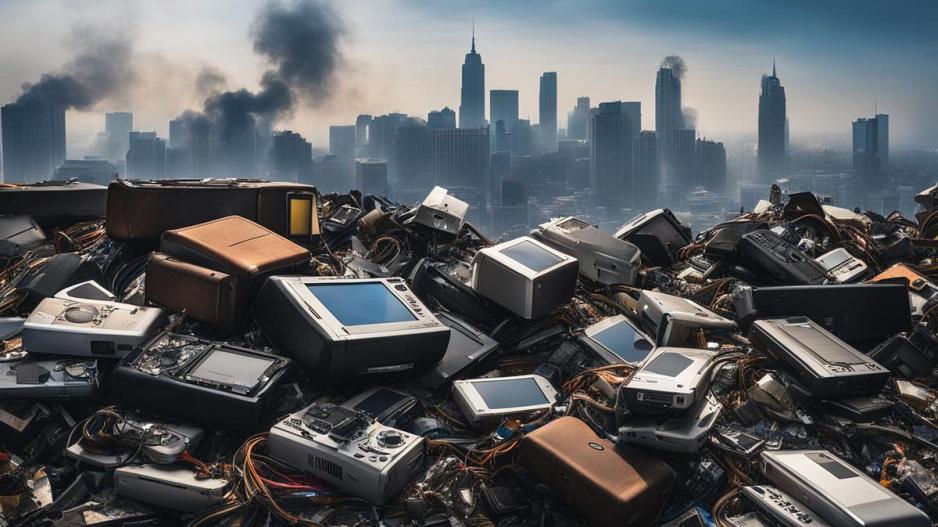Can Generative AI's Rise Fuel an E-Waste Crisis?
Study Warns of Environmental Impact from Expanding Generative AI Usage
Generative AI technology is becoming essential for research applications and everyday tasks like generating text and images. However, its increasing usage may lead to a significant rise in electronic waste, which could burden the environment, according to a recent modeling study published in Nature Computational Science.
Researchers developed four scenarios to assess the potential environmental impact of AI growth, ranging from an aggressive scenario with extensive AI adoption to a conservative one. Under the most extensive AI application scenario, e-waste could reach 2.5 million tons per year by 2030 if no waste reduction measures are implemented. Researchers estimate that, from 2023 to 2030, total e-waste could amount to 5 million tons, potentially including 1.5 million tons of printed circuit boards and 500,000 tons of batteries. These materials may contain hazardous substances like lead and chromium.
The study emphasizes the need for a circular economy approach, where materials are reused and the lifespan of existing infrastructure is extended. Such a strategy could potentially reduce e-waste production by up to 86%, mitigating the environmental impact of expanding AI technology.






